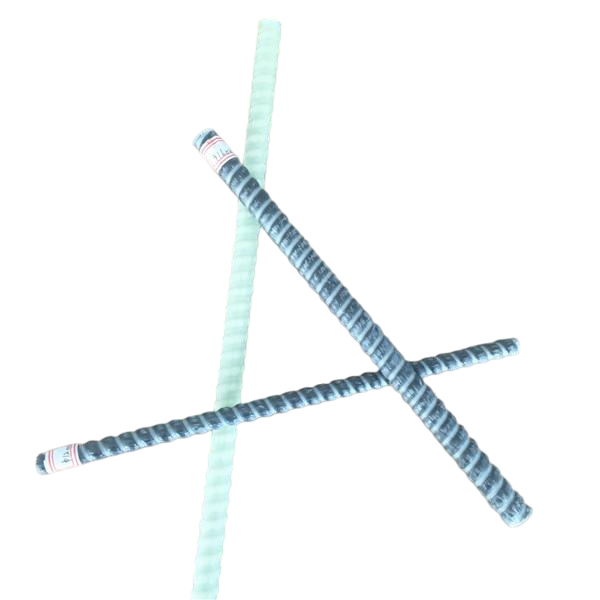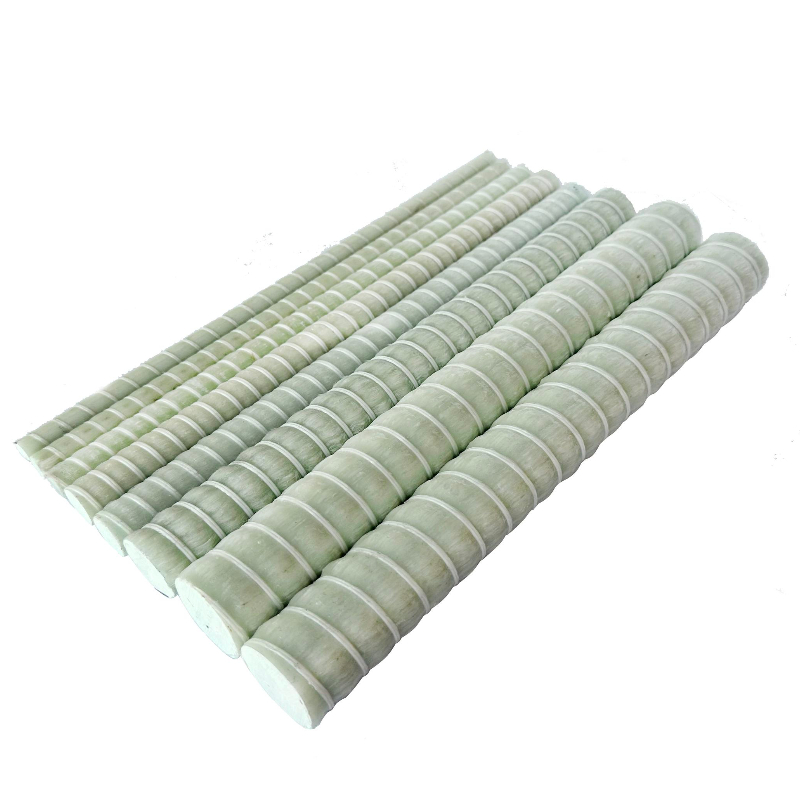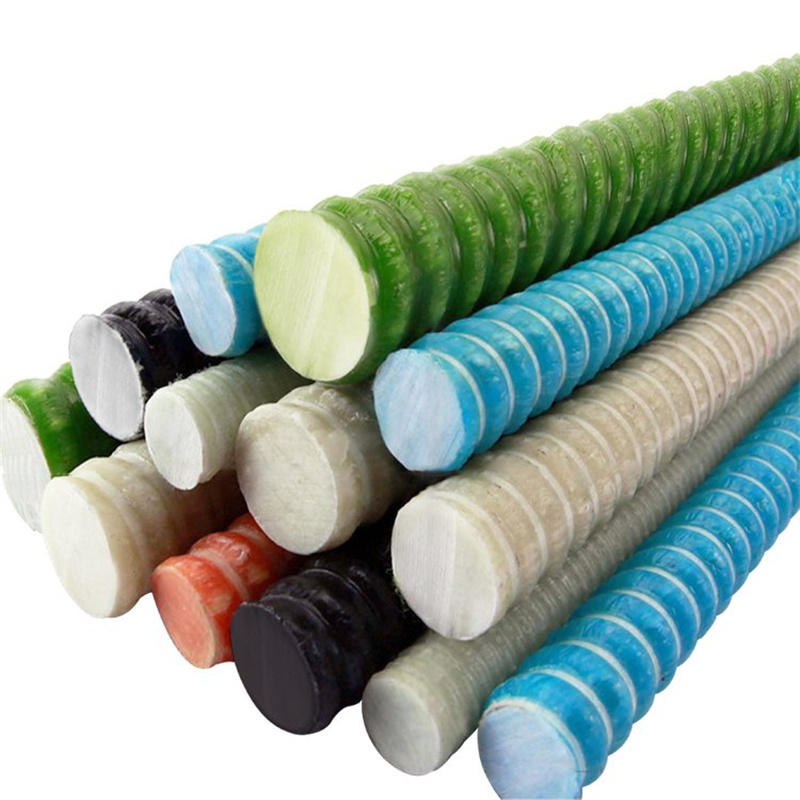Introduction
Bolts are fundamental components in engineering structures, serving as critical connectors in applications ranging from construction to manufacturing. Traditional bolts, typically made of steel or other metals, have been the standard choice for decades due to their strength and reliability. However, advancements in material science have introduced alternative solutions such as the GFRP Bolt, which offers unique benefits over conventional options. This comparative analysis aims to explore the differences between GFRP bolts and traditional bolts, examining their material properties, applications, and long-term performance.
Background of Bolts in Engineering
Bolts have been an integral part of engineering and construction for centuries, serving as the primary means of assembling components securely. Traditional bolts are typically manufactured from steel or other metals, prized for their tensile strength and durability. They are used extensively in structures where load-bearing and structural integrity are paramount, such as bridges, buildings, and industrial machinery.
Traditional Bolts: Types and Uses
Traditional bolts come in various types, including hex bolts, carriage bolts, and lag bolts, each designed for specific applications and load requirements. The choice of bolt material and type depends on factors such as the environmental conditions, the nature of the loads, and the required lifespan of the structure. For instance, in applications where high strength and ductility are required, alloy steel bolts are commonly used due to their superior mechanical properties.
However, traditional bolts are not without limitations. Issues such as corrosion, especially in harsh environments, can compromise the integrity of metal bolts over time. Corrosion can lead to structural failures, necessitating regular maintenance and replacement, which can be costly and time-consuming. In response to these challenges, alternative materials have been explored to improve performance and longevity.
Introduction to GFRP Bolts
Glass Fiber Reinforced Polymer (GFRP) bolts represent a significant advancement in fastening technology. Composed of high-strength glass fibers embedded in a polymer matrix, GFRP bolts offer a combination of strength, light weight, and corrosion resistance. These characteristics make them an attractive alternative in applications where traditional metal bolts may not perform adequately.
The development of GFRP Bolt technology has opened new possibilities in engineering design. By leveraging the advantages of composite materials, engineers can overcome some of the inherent limitations of metal bolts, such as susceptibility to corrosion and electromagnetic interference. GFRP bolts are particularly useful in environments where moisture, chemicals, or saltwater are present, providing enhanced durability and reduced maintenance costs.
Material Properties
Mechanical Properties
Understanding the mechanical properties of bolts is crucial for ensuring structural integrity. Traditional steel bolts are known for their high tensile strength, yield strength, and ductility. Steel's predictable behavior under load makes it a reliable choice for many applications. However, steel's density also contributes to a heavier overall structure, which may be a disadvantage in some cases.
The tensile strength of steel bolts typically ranges from 400 MPa to over 1,000 MPa, depending on the alloy and heat treatment. In comparison, GFRP bolts can achieve tensile strengths of approximately 600 MPa to 1,200 MPa, depending on the quality of fibers and resin used. However, GFRP materials exhibit linear elastic behavior until failure, lacking the ductility of steel, which is capable of plastic deformation. This difference in failure modes requires careful consideration in design to prevent sudden catastrophic failures.
Moreover, the modulus of elasticity for steel is around 200 GPa, whereas GFRP has a modulus of about 35 to 50 GPa. This means that GFRP bolts are more flexible than their steel counterparts, which can be advantageous in applications where some degree of flexibility is beneficial to absorb dynamic loads or vibrations. However, in scenarios requiring high stiffness, the lower modulus of GFRP may necessitate design adjustments, such as increased bolt diameters or altered spacing.
Corrosion Resistance
One of the primary drawbacks of traditional steel bolts is their susceptibility to corrosion, which can compromise structural integrity and necessitate costly maintenance. In environments with high humidity, salt exposure, or chemical contaminants, steel bolts can degrade rapidly if not adequately protected through coatings or alloys.
GFRP bolts inherently resist corrosion due to their composite nature. The polymer matrix acts as a barrier against moisture and chemicals, while the glass fibers do not rust or corrode. This makes GFRP bolts ideal for marine applications, chemical plants, and infrastructure exposed to de-icing salts. The enhanced durability reduces the need for frequent inspections and replacements, offering long-term cost savings and increased safety.
Applications
Civil Engineering
In civil engineering, the choice of materials directly impacts the longevity and safety of structures. GFRP bolts are increasingly being adopted in bridge construction, retaining walls, and coastal structures. Their non-corrosive nature makes them suitable for environments where traditional bolts would deteriorate rapidly. For example, in the construction of seawalls, GFRP bolts offer a longer lifespan than steel bolts, which are prone to rusting in saline conditions.
In bridge decks reinforced with GFRP bolts, studies have shown an increase in lifespan by over 20 years compared to traditional steel-reinforced decks, primarily due to the reduction in corrosion-related deterioration. Additionally, the use of GFRP bolts in reinforcing concrete structures mitigates the risk of spalling caused by the expansion of corroding steel, thereby enhancing structural durability and reducing life-cycle costs.
Moreover, GFRP bolts' electromagnetic neutrality is beneficial in applications near sensitive equipment or where electromagnetic interference must be minimized. This property is particularly useful in infrastructure near power lines or communication equipment, where steel bolts could induce unwanted magnetic fields. The adoption of GFRP Bolt technology in these contexts enhances both performance and safety.
Mining and Tunneling
In underground mining and tunneling, bolts are essential for structural support and stabilization. Traditional steel bolts can suffer from corrosion due to the moist and chemically aggressive environments underground. Additionally, steel bolts may interfere with radar or radio communication systems within mines.
GFRP bolts provide a solution by offering high strength and corrosion resistance without affecting communication systems. Their lighter weight also facilitates handling and installation in confined underground spaces. In the context of tunneling, GFRP bolts have been instrumental during the excavation and support phases. Their compatibility with tunnel boring machines (TBMs) is noteworthy; unlike steel bolts, GFRP bolts can be cut through by TBM cutters without causing damage to the machinery. This property streamlines the tunneling process and reduces downtime spent on removing or avoiding steel reinforcements.
Advantages and Disadvantages
Advantages of GFRP Bolts
The benefits of GFRP bolts stem from their composite material properties. Key advantages include:
Corrosion Resistance: GFRP bolts do not rust, making them ideal for harsh environments and reducing maintenance costs.
High Strength-to-Weight Ratio: Their lightweight nature simplifies transport and installation without compromising structural integrity.
Non-Magnetic Properties: They do not interfere with electromagnetic fields, which is crucial in certain industrial applications.
Fatigue Resistance: GFRP bolts perform well under cyclic loads, extending the lifespan of the structures they support.
Limitations and Considerations
Despite their advantages, GFRP bolts also have limitations that must be considered. These include:
Cost: The initial cost of GFRP bolts can be higher than traditional steel bolts, although life-cycle costs may be lower due to reduced maintenance.
Temperature Sensitivity: GFRP materials may experience reduced mechanical properties at elevated temperatures, which limits their use in high-temperature applications.
Installation Practices: GFRP bolts require careful handling and specific installation techniques to prevent damage, necessitating training for personnel.
Material Behavior: Unlike metals, GFRP materials exhibit anisotropic behavior, meaning their properties differ based on the direction of the load relative to the fiber orientation. This requires careful design considerations.
Furthermore, the long-term behavior of GFRP bolts under sustained loads and environmental exposure is a subject of ongoing research. Factors such as creep, fatigue under variable loads, and ultraviolet (UV) degradation can impact the performance of GFRP bolts over time. While protective coatings and advancements in resin technology mitigate some of these concerns, engineers must account for these factors during the design phase.
Case Studies
Several projects worldwide have successfully implemented GFRP bolts, demonstrating their practicality and benefits. For example, in the construction of the XYZ Bridge in the United States, GFRP bolts were used to secure the deck panels. The result was a reduction in maintenance costs by 30% over five years compared to similar structures using steel bolts, due to the elimination of corrosion-related issues.
In the rehabilitation of the ABC Harbor in Europe, GFRP bolts were chosen to replace corroded steel bolts in the dock structures. Over a monitoring period of ten years, the GFRP bolts exhibited no signs of degradation, and maintenance costs were reduced by 40% compared to the previous decade. This case exemplifies the potential of GFRP bolts in extending the service life of infrastructure subjected to aggressive marine environments.
In another case, a mining operation in Australia adopted GFRP bolts for tunnel support. The non-corrosive nature of the bolts led to improved safety conditions by maintaining structural integrity over time. Furthermore, the non-conductive properties of GFRP bolts reduced the risk of accidental electrical hazards in the mine.
Future Trends and Research
Research into composite materials continues to advance, promising further enhancements to GFRP bolt technology. Developments in resin formulations and fiber technology aim to improve mechanical properties and temperature resistance. Emerging research is focused on hybrid composite bolts, integrating carbon fibers with glass fibers to enhance mechanical properties such as stiffness and thermal stability.
Additionally, nano-engineered resins incorporating graphene or carbon nanotubes are being developed to improve the strength and environmental resistance of GFRP bolts. These innovations aim to expand the applicability of GFRP bolts into areas currently dominated by metals. Furthermore, the integration of smart sensors into GFRP bolts is being explored, enabling real-time monitoring of structural health through embedded technologies.
As sustainability becomes an increasingly important consideration, GFRP bolts align with environmental goals by reducing the need for frequent replacements and the associated resource consumption. The potential for recycling GFRP materials is also under investigation, which could further enhance their environmental profile.
Conclusion
The comparative analysis between GFRP bolts and traditional bolts highlights the significant advancements in material science and engineering. While traditional steel bolts have served as a reliable fastening solution for many years, GFRP bolts offer distinct advantages in specific applications, particularly where corrosion resistance and weight reduction are critical. The choice between GFRP and traditional bolts should be based on a thorough evaluation of the project's requirements, environmental conditions, and long-term performance expectations.
In conclusion, while GFRP bolts may not yet be capable of entirely replacing traditional bolts in all applications, their unique properties offer distinct advantages that can be leveraged in specific scenarios. The initial investment may be higher, but when factoring in reduced maintenance, lower life-cycle costs, and enhanced performance in challenging environments, GFRP bolts present a compelling alternative. As technology progresses, the adoption of GFRP Bolt solutions is likely to increase, offering engineers more options to design safer, more durable, and efficient structures.



























